Tom
waits.
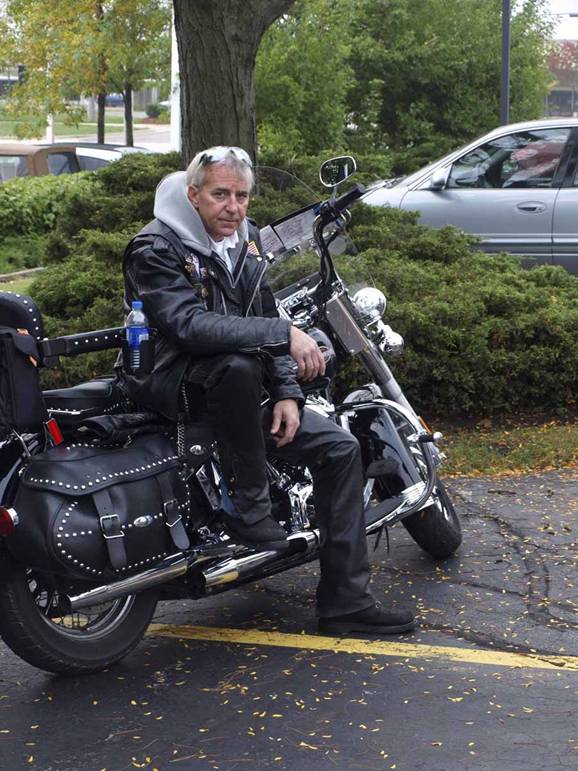
A
lingering pair draws a LEO’s attenition.
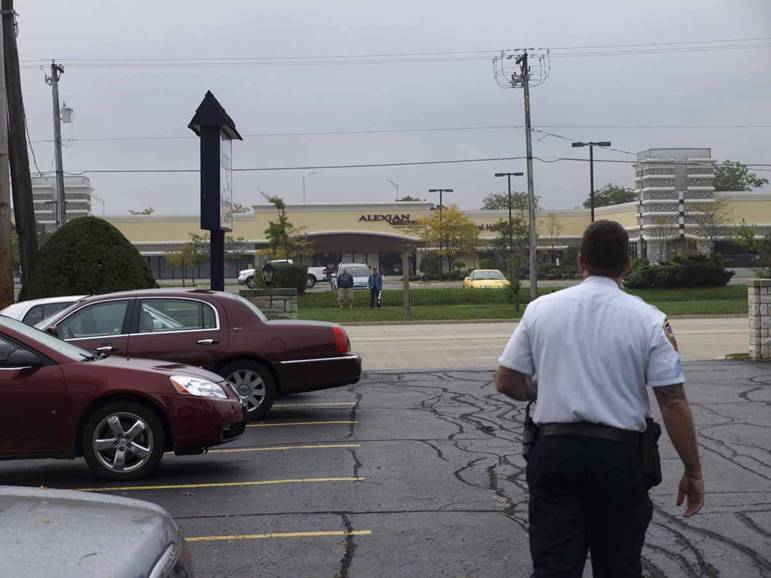
Most
of us would rendezvous at the church, but I was among those at the funeral home. The mood was somber.
Then
Fred sat on Ro’s bike. For some reason,
that makes us smile.
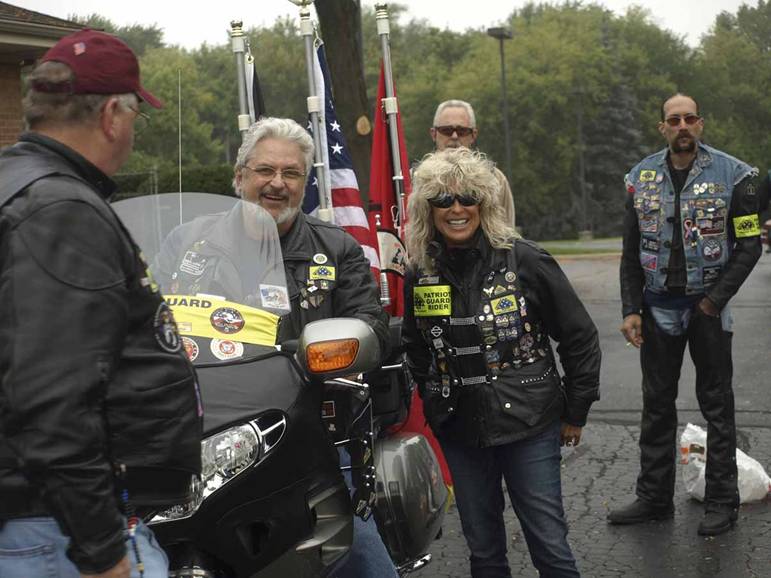
The
Patriot Guard Riders are united by our mission, but we are further bonded by
our bikes. Six days before the funeral I
rode home from a mission in the rain and in the dark. One day before the funeral I again rode home
from a mission in the rain and in the dark.
But
if we arrived in cars, stood around for a while, and then left in cars, I don’t
think the repeat turnout would be as great.
Devotion to mission, yes; turnout, no.
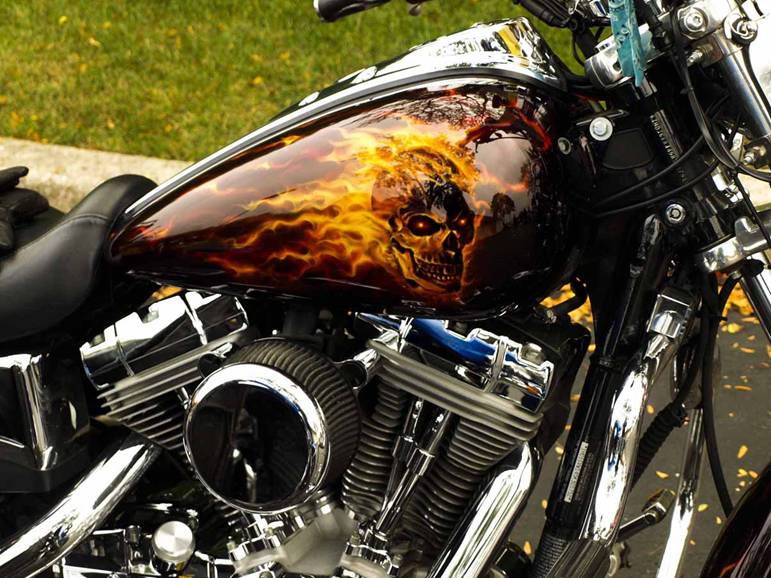
I saw
Travis carry a snowboard into the funeral home and learned that it would be
cremated along with Matthew.
Travis
is Matthew’s brother and a very fine soldier, so it was a double honor to have
him greet us.
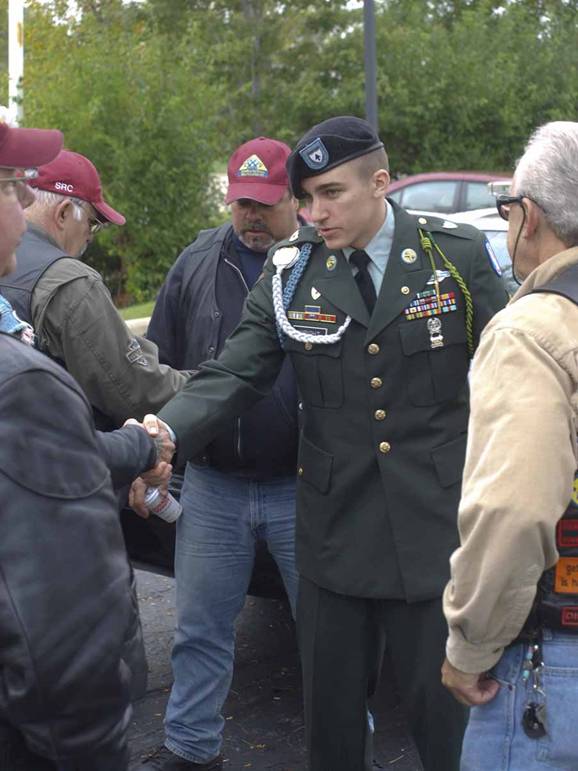
We
moved in procession to St. Hubert Catholic Church where Travis would be
introduced to PGRider Cote by Drill Sergeant Cote.
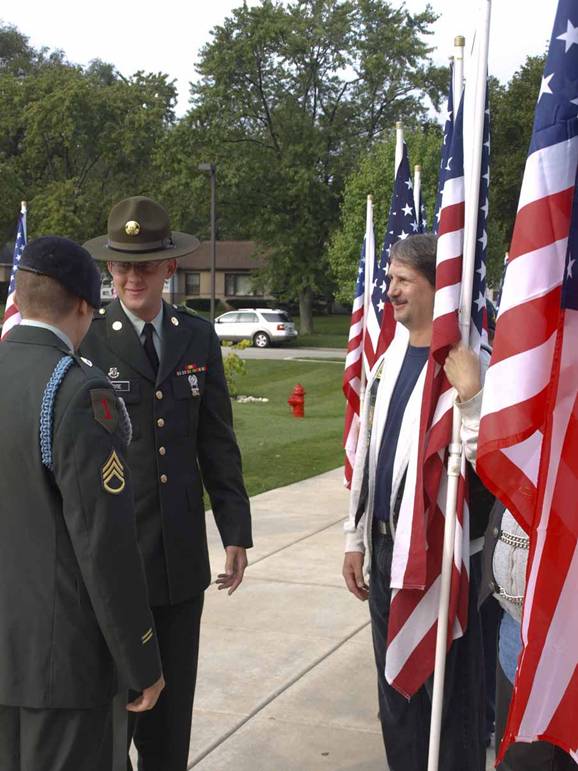
When
we first arrived, the PGRiders were in position surrounding the area where
Matthew would be transferred from the hearse to the church. Within our perimeter there were two
formations: the Honor Guard and the
Hawks.
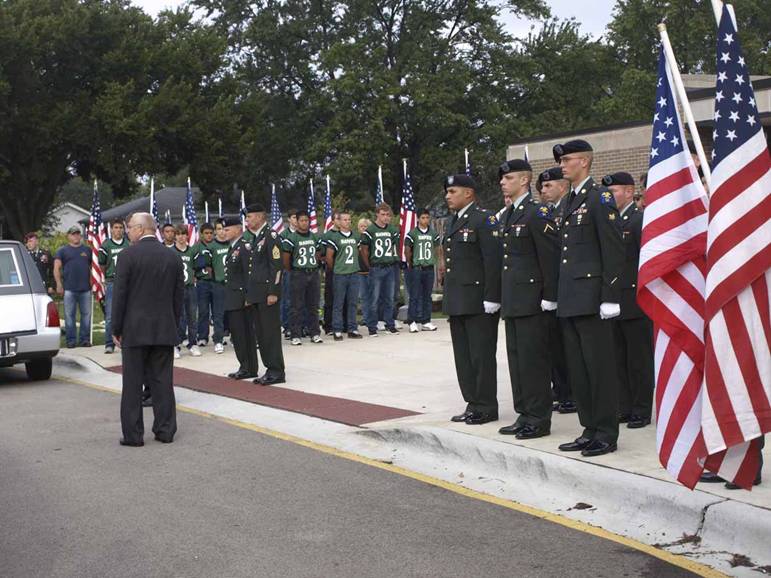
I
found my place in the flagline – there would be no photography of the
transfer. As it was in the hanger three
days earlier, I was unable to watch the event while I stood at attention. I later learned that when Fred coordinated
our salute, the football players joined us by taking a knee.
That
must have bee quite a sight. Lowering to
one knee on command is a combination of football protocol, Catholic grace,
military courtesy and civil gratitude.
There
was an hour of visitation before the service, so we held our formation. During that hour, Matthew’s step-father moved
along our line shaking hands and taking time with each of us to express the
sincerity of their appreciation. A
little while later, Matthew’s mother did the same.
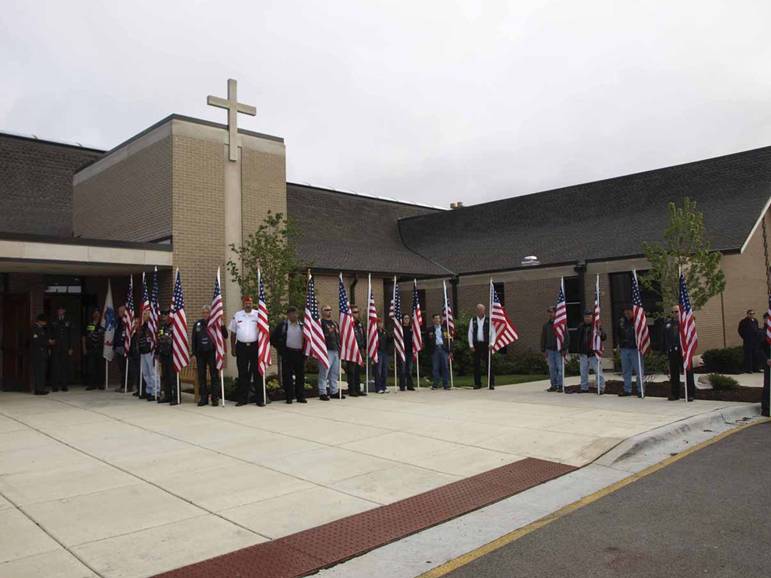
Then
the service began and we were allowed to break.
We leaned our flags in the corners of the building and moved back to the
bikes to wait. All of us.
All
of us except one of us who chose to continue to stand in his place, instead.
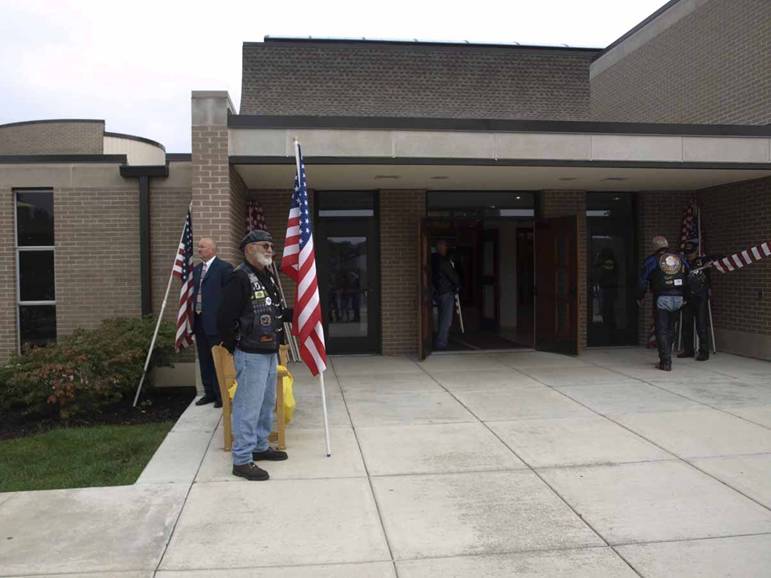
A Religious Education class dismissed and
these four heard that a soldier’s funeral was soon to end. They wanted to stand in honor too.
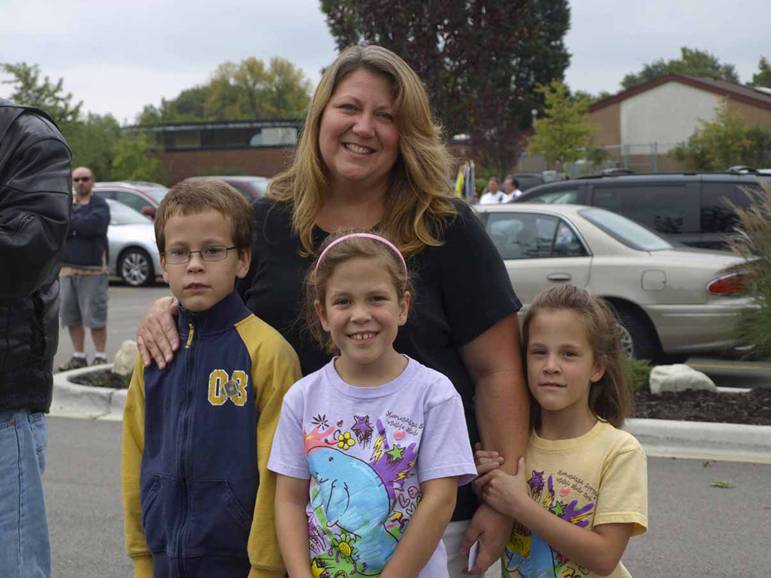
So we
handed them flags.
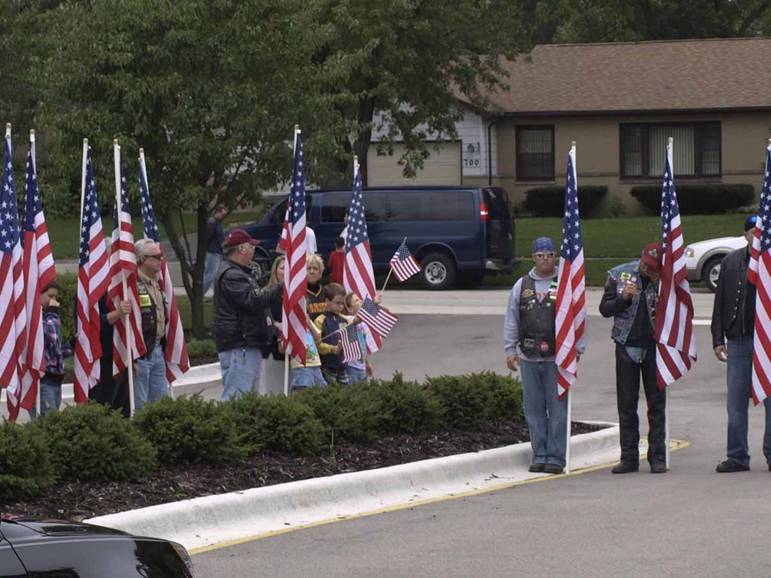
I was
glad to get this photo of the bugler because he would do a fine job. Later I would be standing with my flag facing
him as the time for Taps
approached. I would see him disappear
around the corner of the building blowing through his pressed lips, warming-up.
It
occurred to me that a bugler is like place-kicker: He has very little to do; he performs for
only a very short time. But when he
does, he will either succeed or fail, and everyone will know it. And no one can help him.
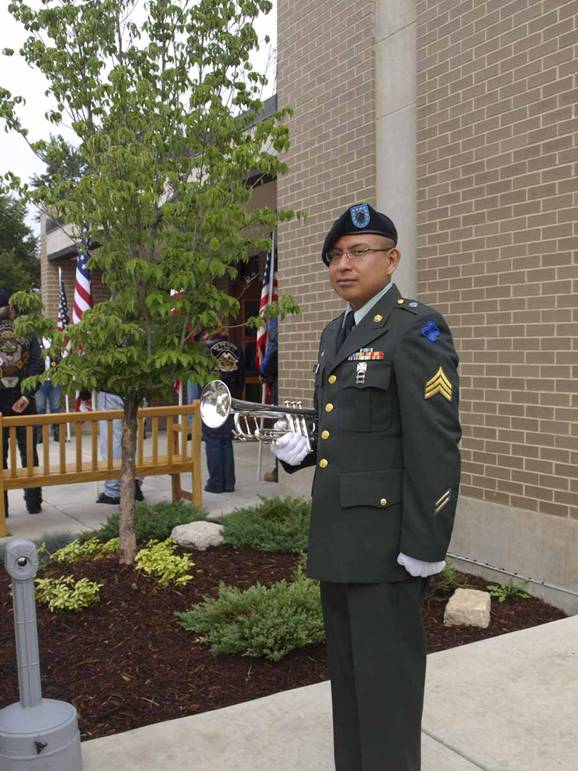
Another
soldier waited outside with us. He
guarded the five rifles, caliber 5.56, model M16A4.
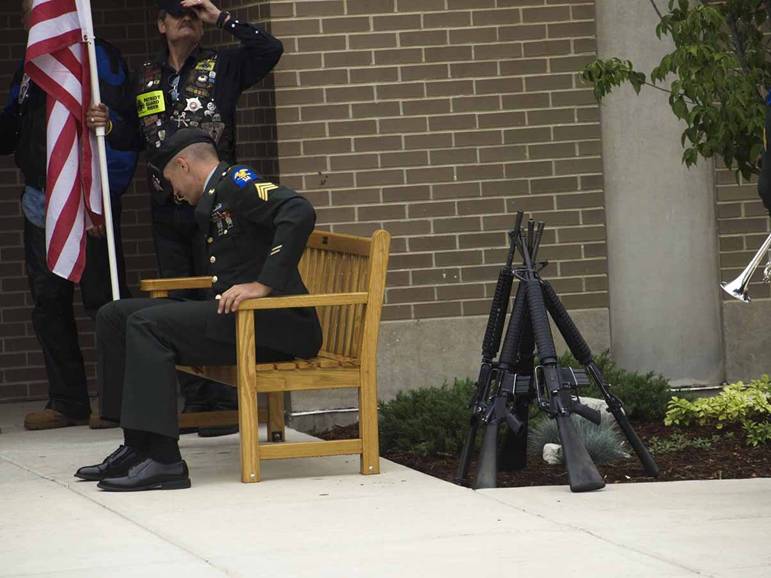
Then five soldiers picked-up the five M16s, three
volleys were fired and Taps was
bugled.
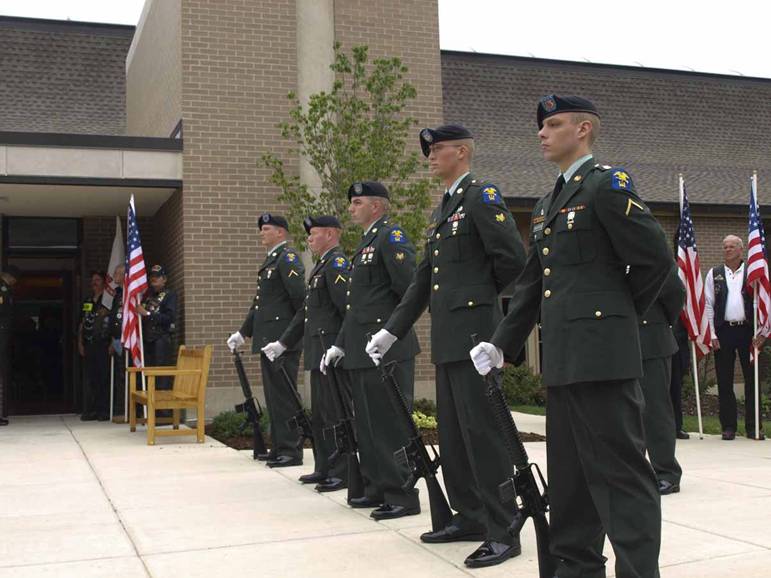
After
the hearse was loaded, we held our formation.
The good-byes were done and the hearse would slowly move away. The Patriot Guard, the Honor Guard, the
football players and the family would remain.
Matthew and his snowboard would soon be ashes.
Major
General Fontaine took this first opportunity to handshake challenge coins to
each member of the Honor Guard. Two days
before the firefight that would mortally wound Matthew, Yves Fontaine took
command of the Army Sustainment Command.
They procure and deliver every round of ammunition, every gallon of
fuel, every spare part and every MRE where ever it is needed around the globe,
including the front lines, and quickly.
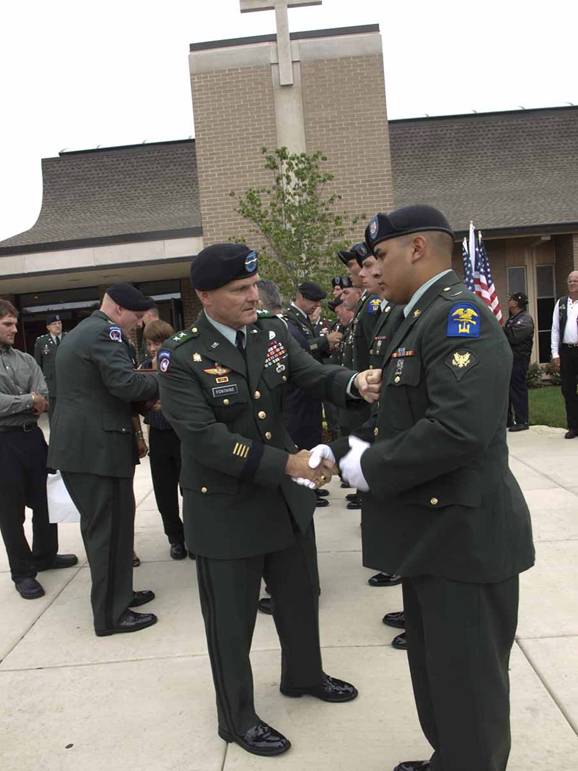
It is
a big job, comparable to the CEO of a multinational manufacturer/distributor. His time is probably scheduled to the minute,
24/7. It is a measure of the military’s
regard for its members that he was here.
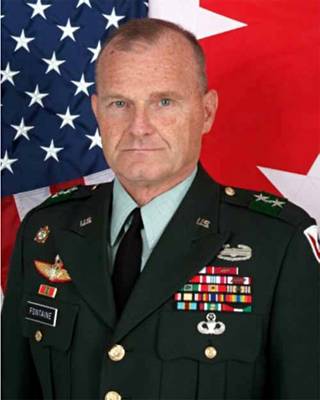
And
it is a measure of the regard of the public for Matthew that this Marine was
there. And there and there and
there. I don’t think I have ever spoken
with him but I took his portrait at the escort, at the beginning of the
visitation when I was there with Kevin, at the end of the visitation when it
was raining and dark and at the funeral.
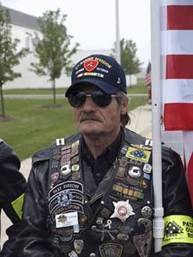
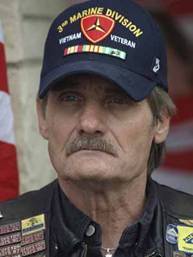
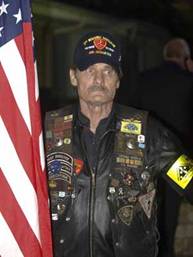
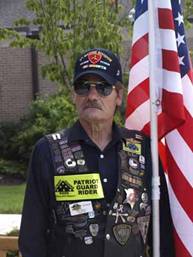
He was
a Captain and wears the ribbons for his three medals on his hat.
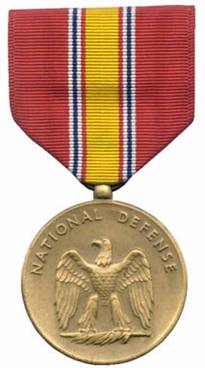
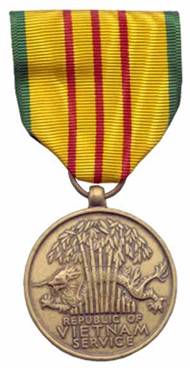
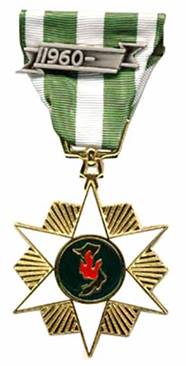
He
just quietly does his job as he understands it.
As do
all the others. I don’t know many
individual stories. Some took a day from
work, and some paid a hotel bill as well.
Some think about their children, some their buddies. Some want the war to end immediately, some
want it to widen.
I
take portraits to make a record. These
are people who stepped forward for Matthew – many different people united in
this purpose. As a PGRider, I look at
these portraits with pride. His family
will look at these portraits with wonder.
Future historians will look at these portraits when they try to
understand the
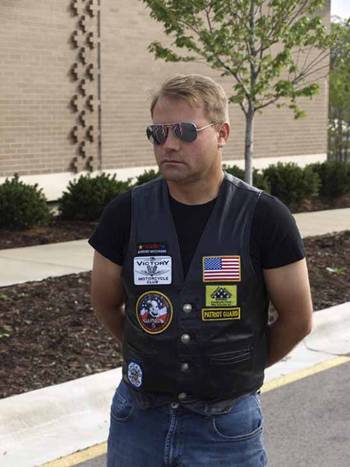
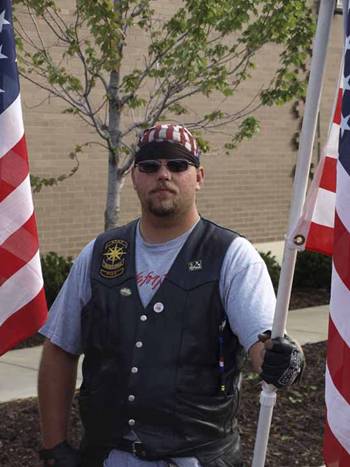
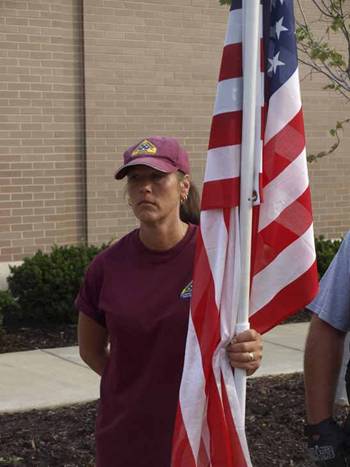
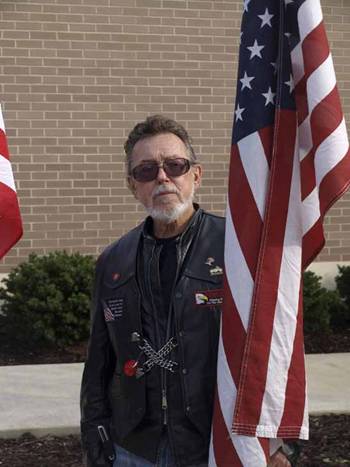


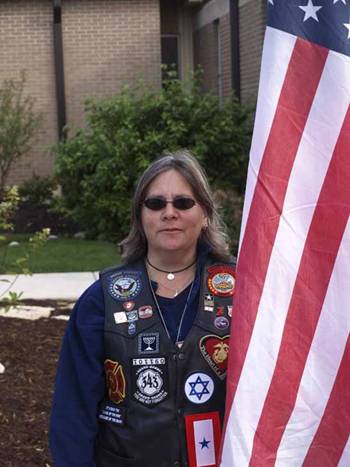
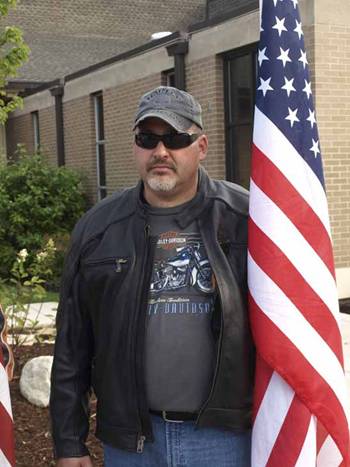


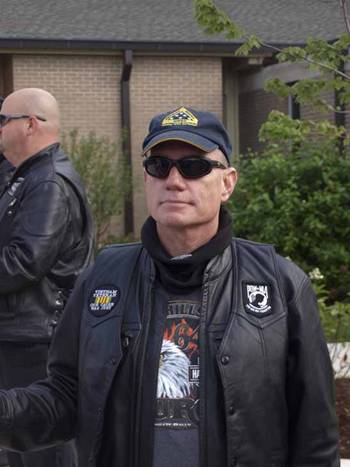
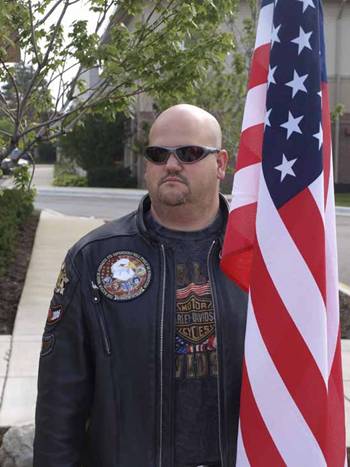
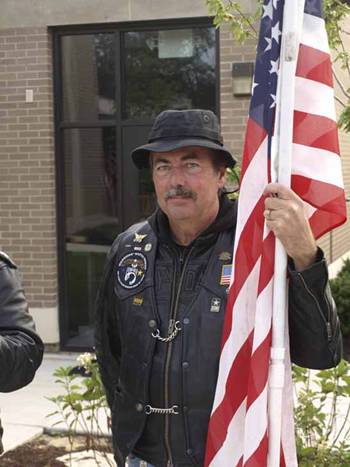

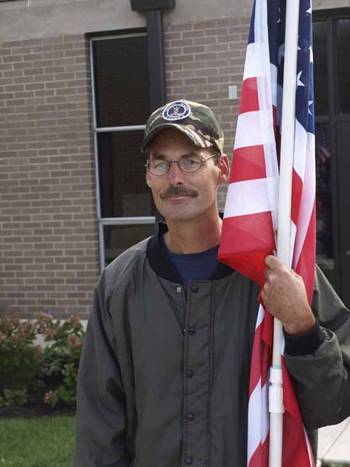
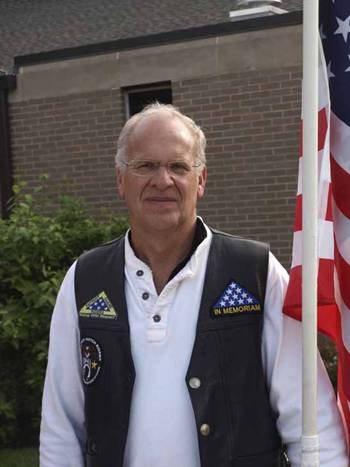
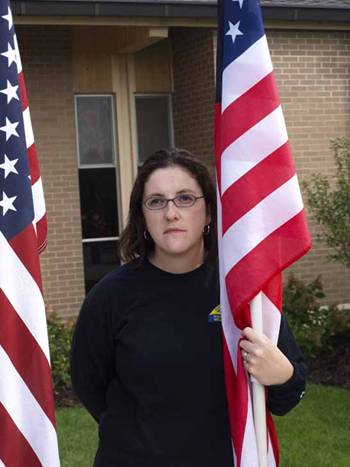
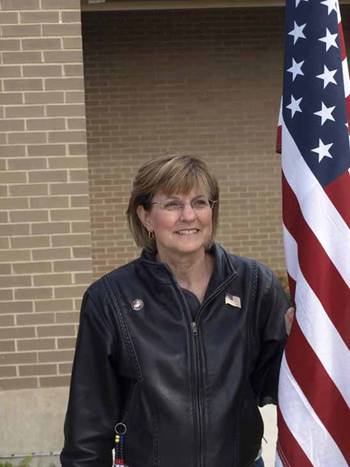
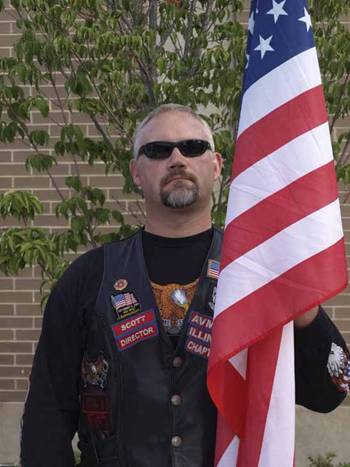
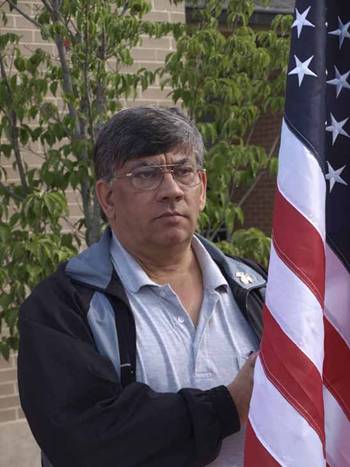
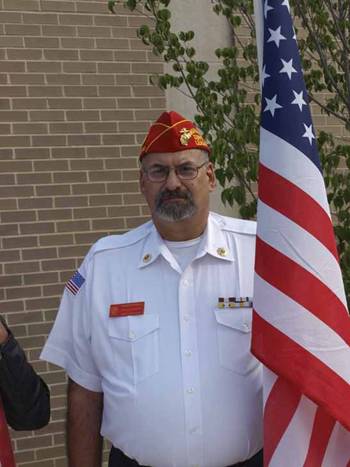
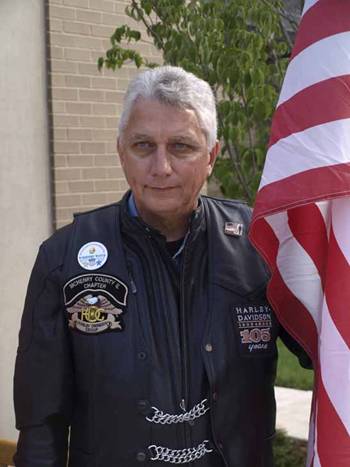
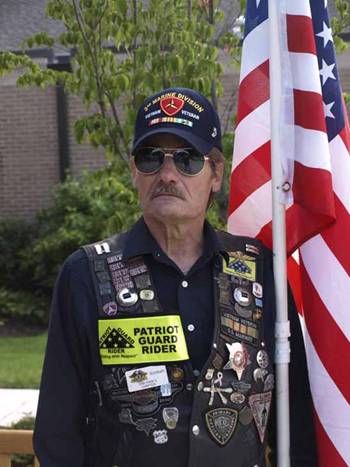
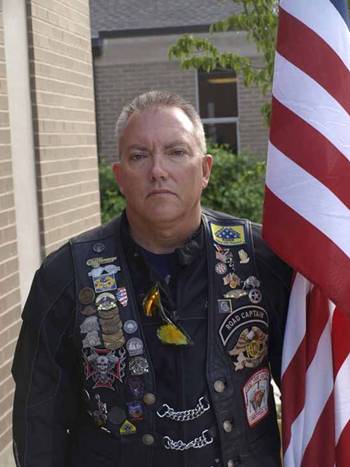
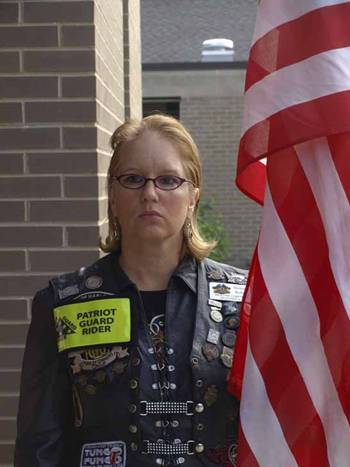
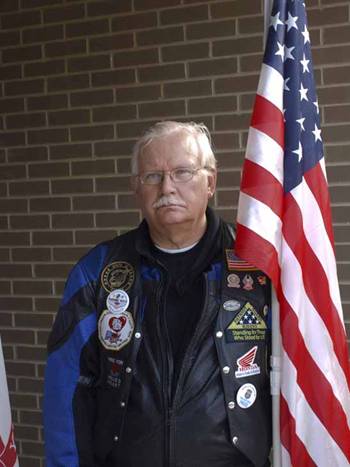
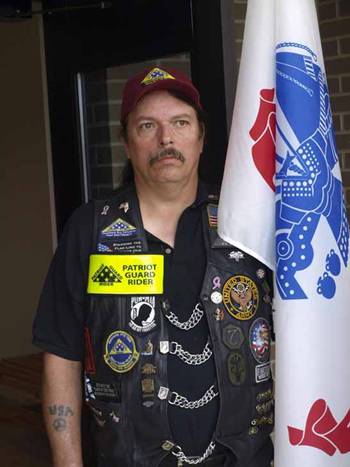

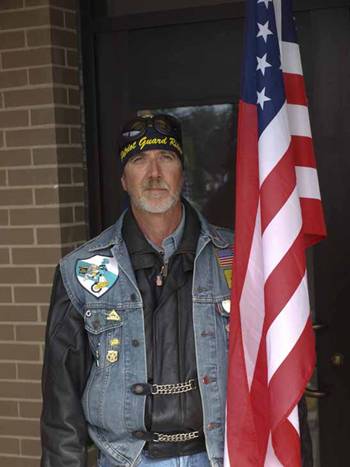
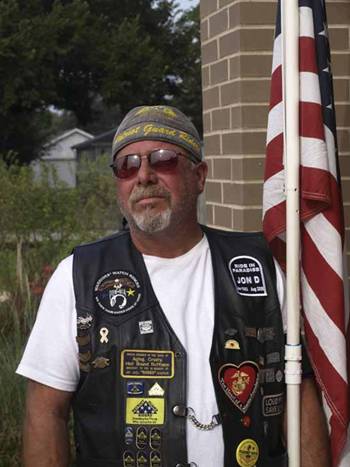
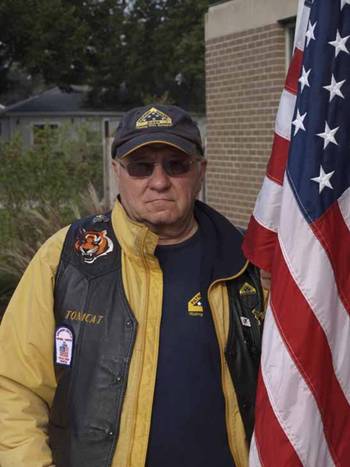
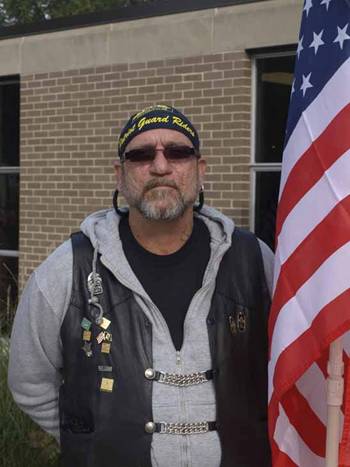
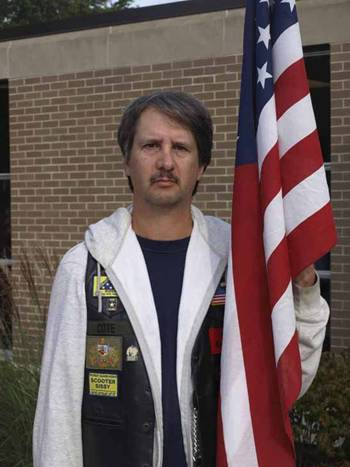
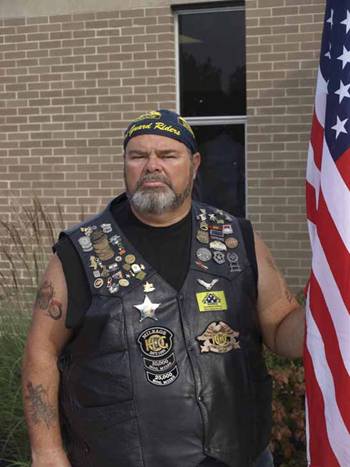
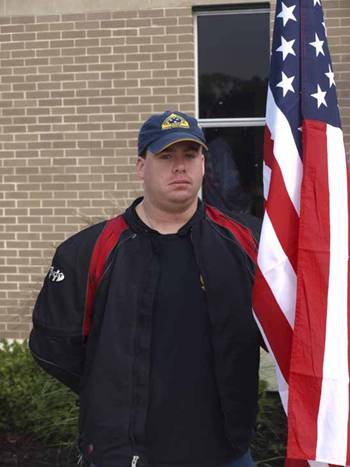
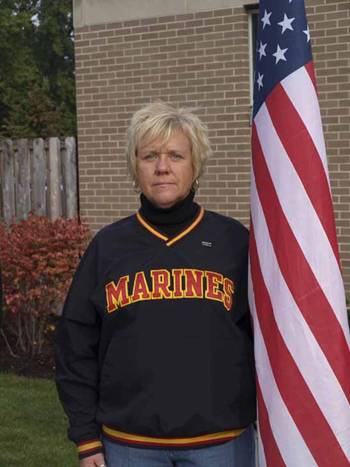
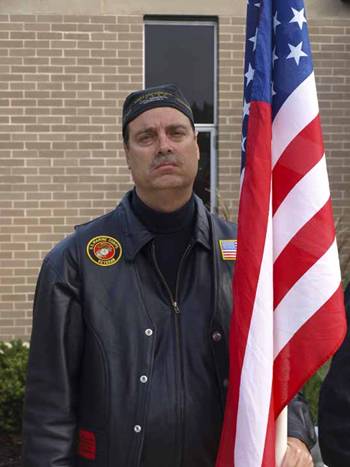
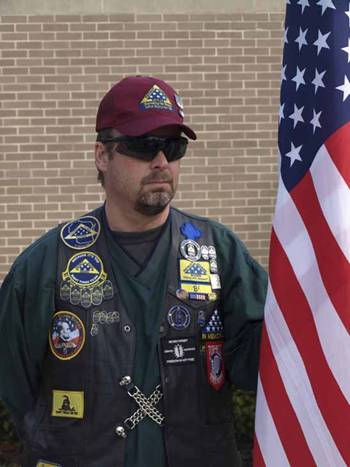
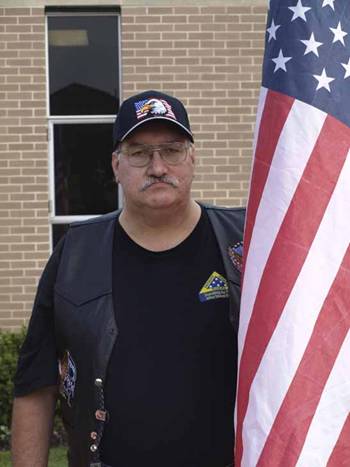
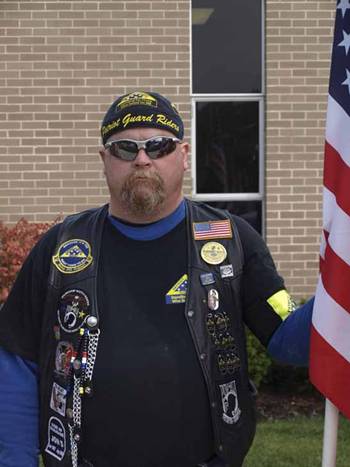
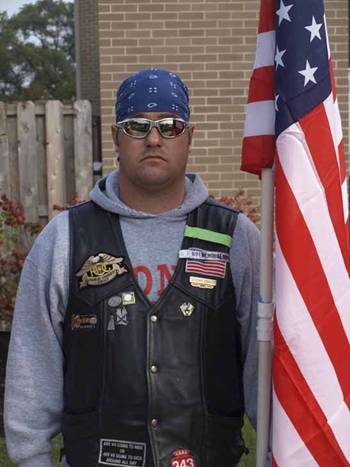
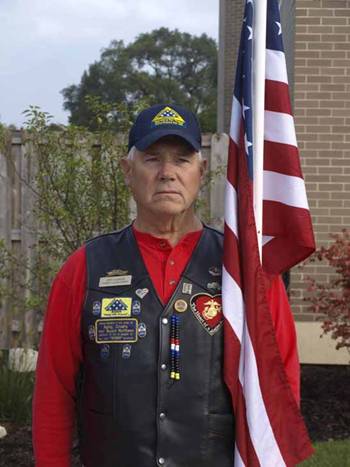
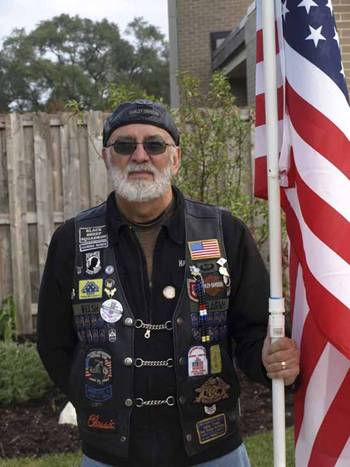
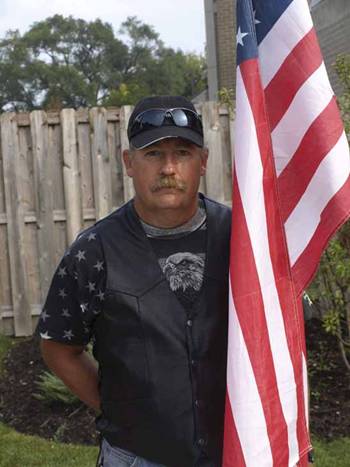
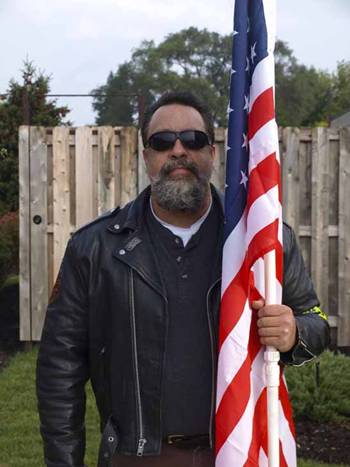
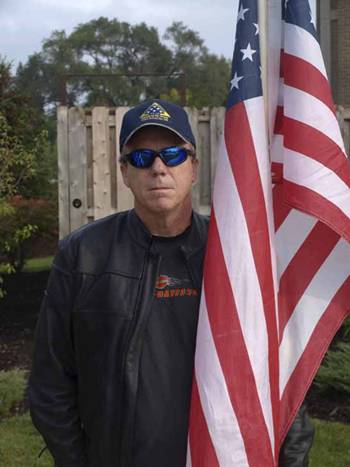

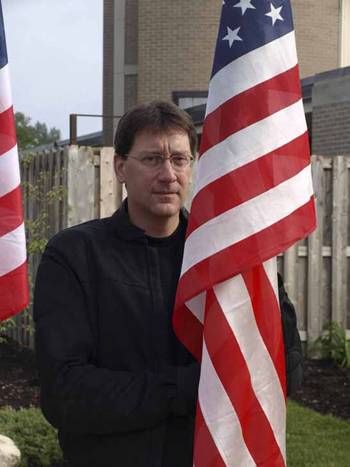

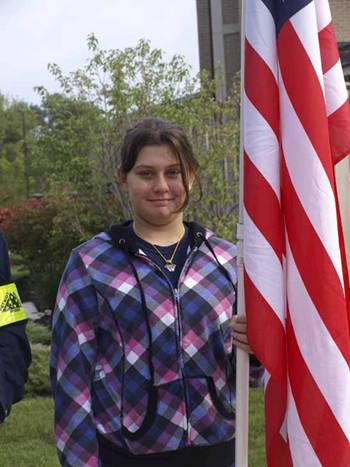
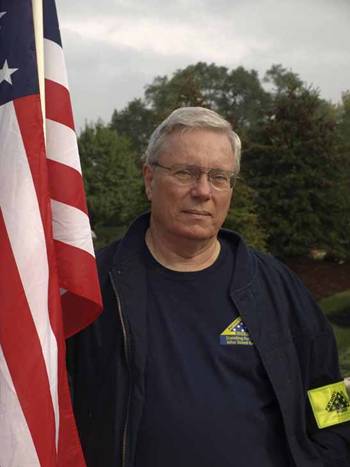
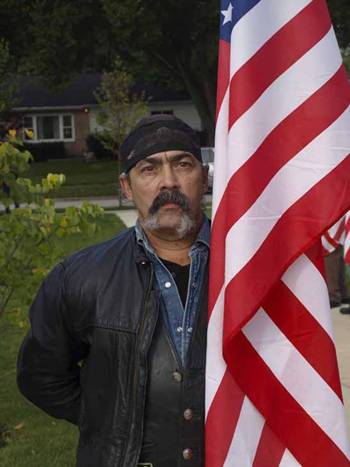
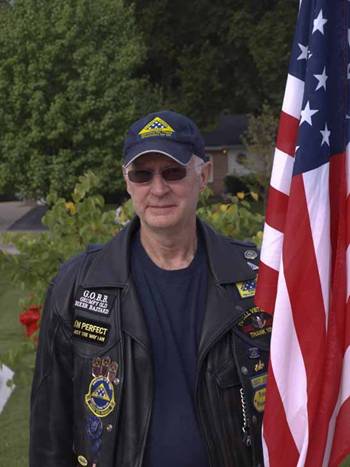
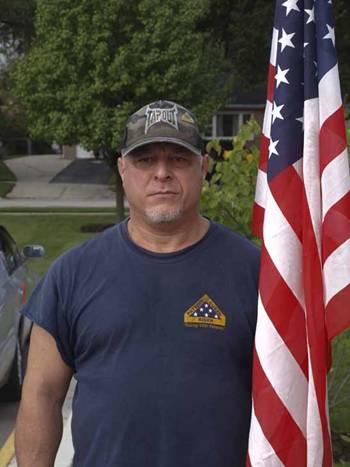
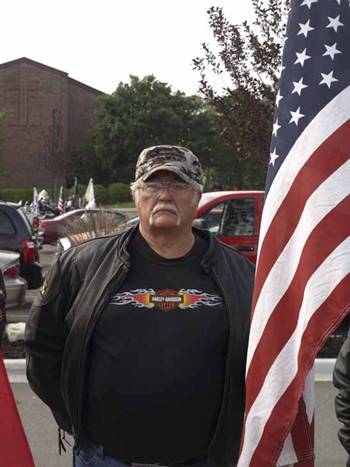
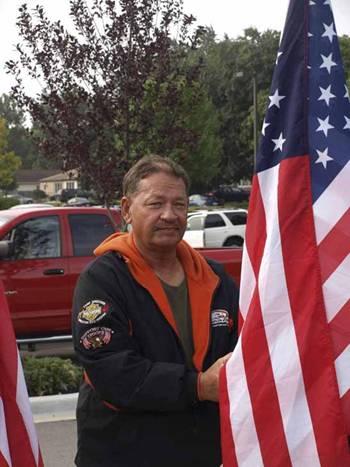
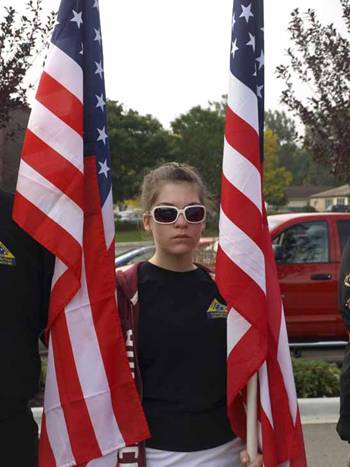
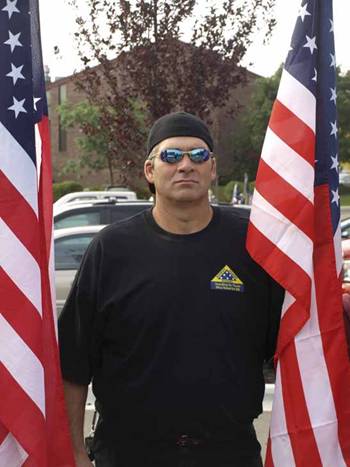
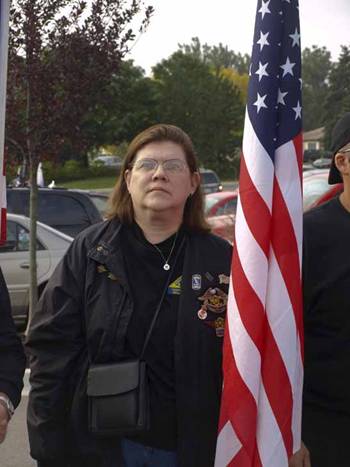
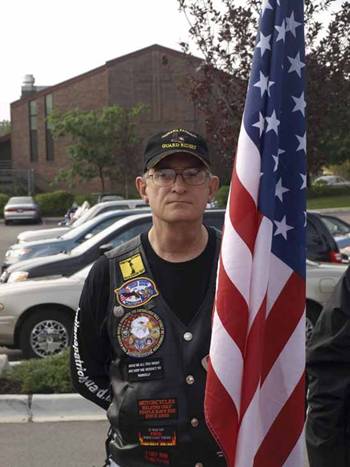
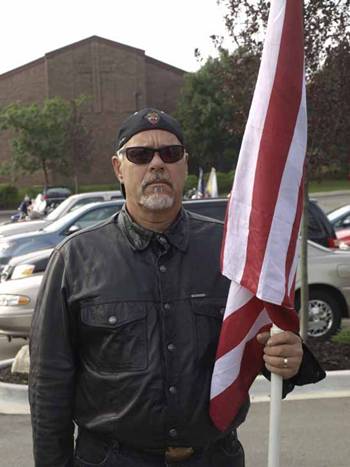
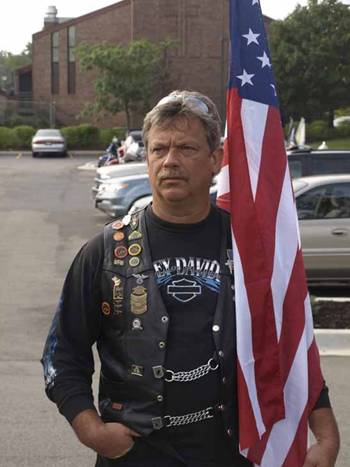
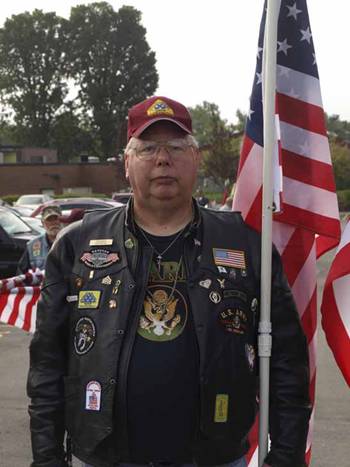
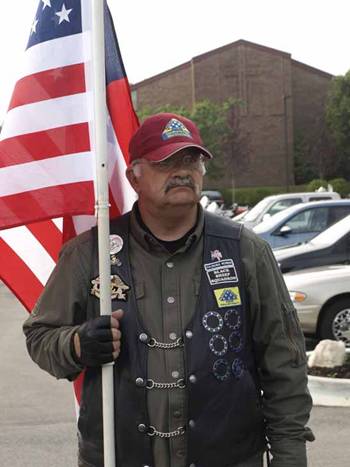
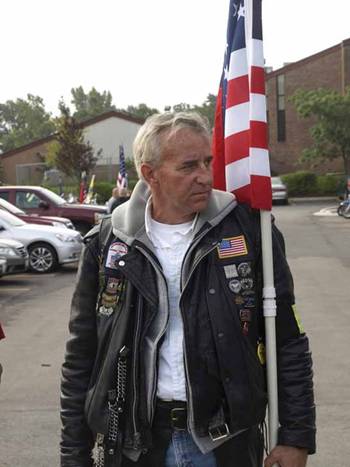
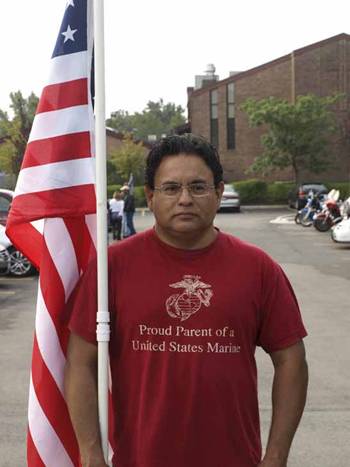
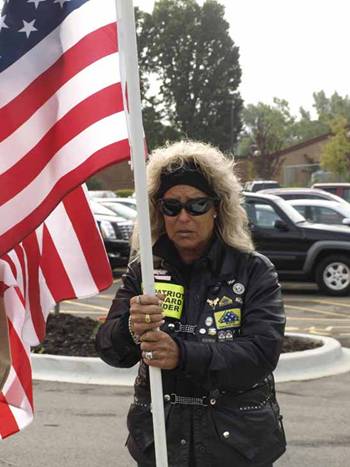
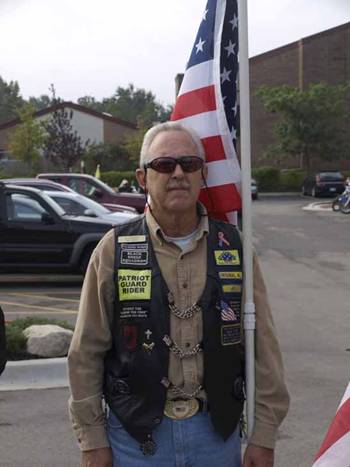
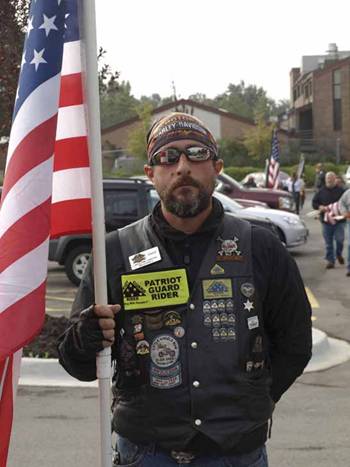
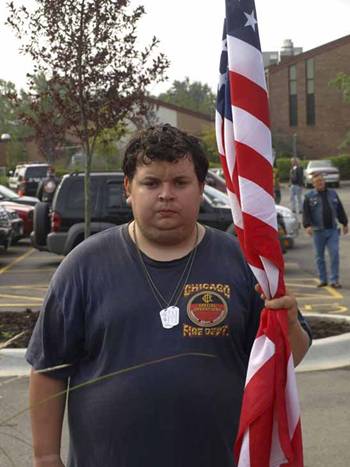
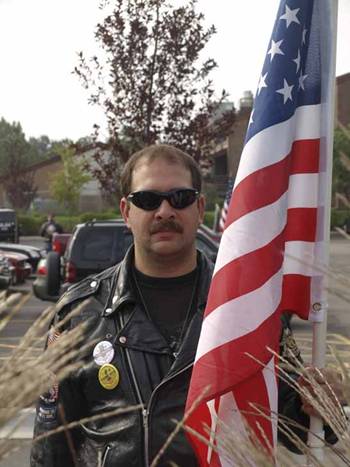
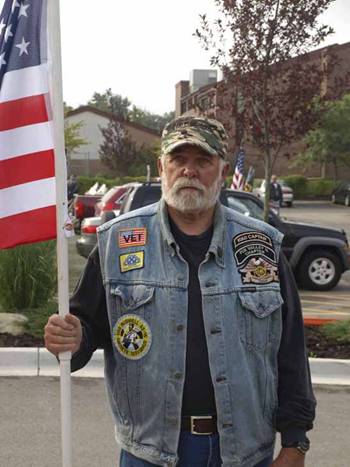

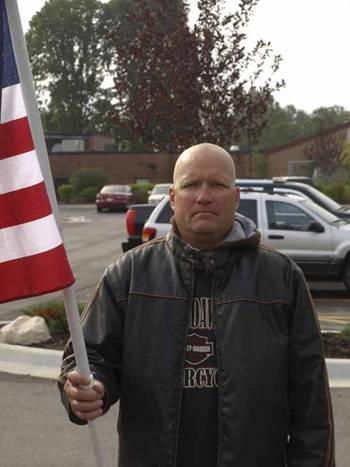
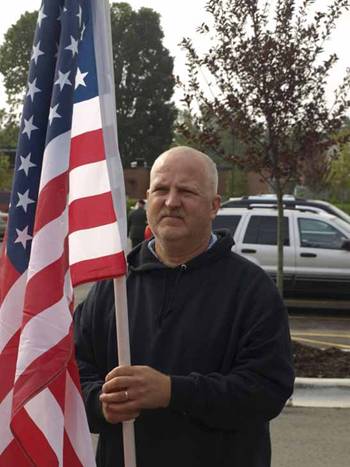
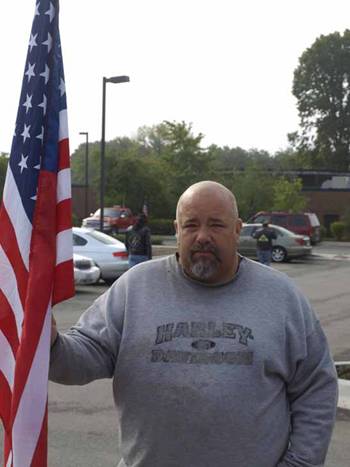
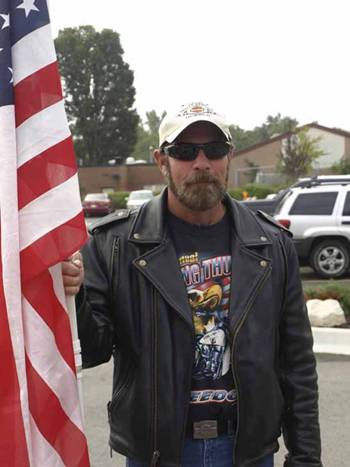
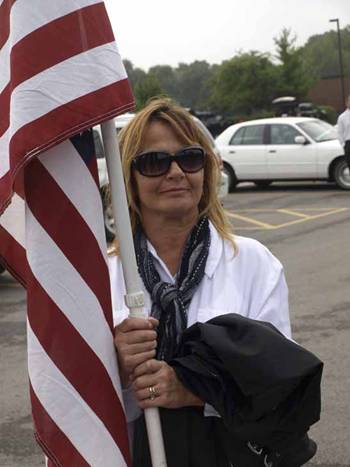
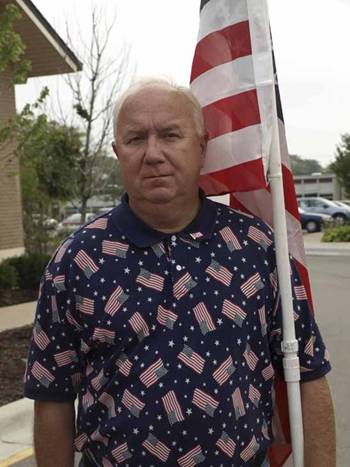

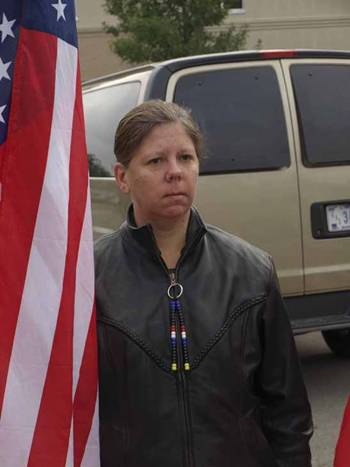
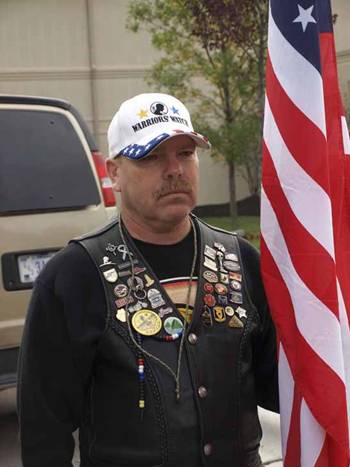
And
you don’t have to be a veteran to stand in a PGR flagline. In fact, those of us who are not veterans
have an even higher duty to step forward now.
Travis picked the quotation that was printed on Matthew’s memory card
which speaks to this point. It was
argued by the brilliant economist
War is an ugly thing, but not the
ugliest of things. The decayed and degraded state of moral and patriotic
feeling which thinks that nothing is worth war is much worse. The person who
has nothing for which he is willing to fight, nothing which is more important
than his own personal safety, is a miserable creature and has no chance of being
free unless made and kept so by the exertions of better men than himself.
On
that memory card were the birth and death dates of one of those better men,
Matthew Michael Martinek:
December 7, 1988
September 11, 2009
December
7th is the anniversary of the attack on
September
11th is the anniversary of the more recent attack when some 3
thousand Americans died, mostly civilian.
Fitting
dates for a soldier.
Albums
of staging & portrait photography.
back to the Martinek mission